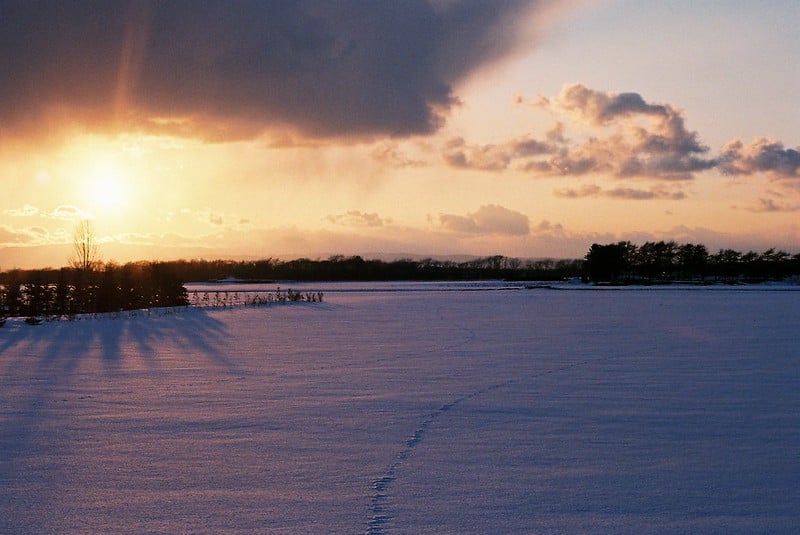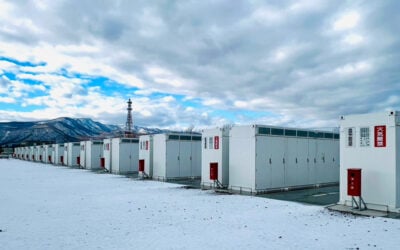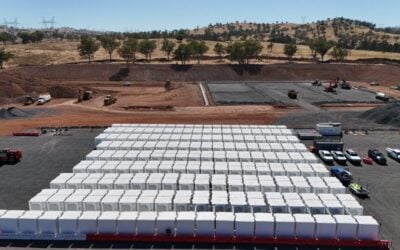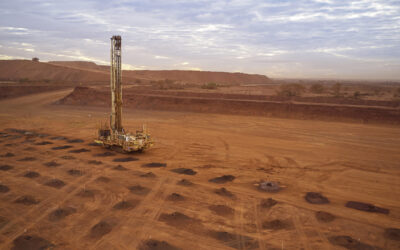
Daiwa Energy & Infrastructure (DEI), an asset manager backed by investment bank Daiwa Securities, has invested in a large-scale battery storage project in northern Japan.
DEI announced the project in Hokkaido, the most northern of Japan’s three biggest populated islands, last week (22 October).
Located in Chitose, a city approximately 50km south of Hokkaido’s capital, Sapporo, the battery energy storage system (BESS) will have a 38MW output and 160MWh capacity.
Construction has begun, with DEI aiming to commence commercial operations in 2027. The company said the BESS asset will perform multiple applications, with the ability to stack revenues earned from wholesale electricity market trading, the balancing market and the capacity market.
Try Premium for just $1
- Full premium access for the first month at only $1
- Converts to an annual rate after 30 days unless cancelled
- Cancel anytime during the trial period
Premium Benefits
- Expert industry analysis and interviews
- Digital access to PV Tech Power journal
- Exclusive event discounts
Or get the full Premium subscription right away
Or continue reading this article for free
Japan’s energy storage market is currently experiencing a significant wave of growth, with Energy-Storage.news reporting on business activities in the sector from a mix of major Japanese industry and financiers and international players over the past year or so.
As reflected in a two-part series of articles for ESN Premium published earlier this year, BESS route-to-market optimisers and traders, such as GridBeyond from Ireland, see Japan as a relatively unsaturated market, currently experiencing high returns for ancillary services in particular.
While the market has taken some years to develop, the country’s Electricity Business Act legislation was revised in 2022 to create a category of power generation business that included large-scale energy storage.
This was followed by the launch of national subsidy schemes to support the uptake of energy storage, both through the Japanese Ministry of Trade, Economy and Industry (METI) and through the Tokyo Metropolitan Government. These cover up to 30% and up to 50% of Capex cost, respectively.
The addition of a capacity market procurement mechanism, the Long-Term Decarbonisation Auction (LTDA), for which energy storage systems are eligible, added some revenue certainty by underwriting long-term contracts to battery storage and pumped hydro energy storage (PHES) facilities.
However, in the second part of the ESN Premium series, we heard that the challenges include the risk of price volatility for ancillary services across the four current markets, the high cost of the battery value chain in Japan, long wait times for grid connection and competition for suitable land.
We also heard recently from Dr. Mahdi Behrengrad, energy storage lead at developer Pacifico Energy that making money in the Japanese energy storage market can be “a brutal job”.
This was due, Behrengrad said, to a complex regulatory and policy environment that is characterised by rapid and often sudden changes in market rules. However, as with other sources, Behrengrad said the fundamental drivers for energy storage uptake in Japan are strong enough to keep the market attractive.
Daiwa’s Japan push follows domestic and international BESS investments
DEI’s project is being built on land owned by the company and is set to be managed by one of its sister companies, Daiwa Real Estate Asset Management.
The renewable energy and infrastructure investment arm of Daiwa Securities has previously invested in a 50MW/100MWh project in Hokkaido in 2023 together with sustainable investor Fuyo General Lease and commodities trader ASTMAX, which went online at the beginning of this year.
It has also invested in a much smaller 580kWh energy storage system installed to reduce the curtailment of a solar PV plant in Kagoshima, a region on Japan’s biggest island to the south, Kyushu. The northern island of Hokkaido and the southern island of Kyushu are renewable energy hotspots, particularly since the 2013 introduction of feed-in tariffs (FiTs) for solar PV.
DEI did not reveal the financial terms of its investment in the 160MWh Chitose BESS project, or the project’s technology providers.
However, the company entered a partnership last year with Chinese battery OEM and BESS integrator Gotion High-Tech, targeting the deployment of 1GWh of Gotion BESS equipment at projects in Japan over two years.
Overseas, DEI has made a recent investment in two projects owned by independent power producer (IPP) Enfinity Global: one is a 250MW/500MWh project in the ERCOT market in Texas, US, and the other is a 130MW/520MWh project in northern Italy.
In a deal announced in early June, Daiwa Energy & Infrastructure acquired a 49% stake in both projects. Another Texas BESS project DEI invested in and is co-developing with Stella Energy Solutions, Thomas Cameron BESS, is a 200MW/480MWh ERCOT project set to go into commercial operation next year.





